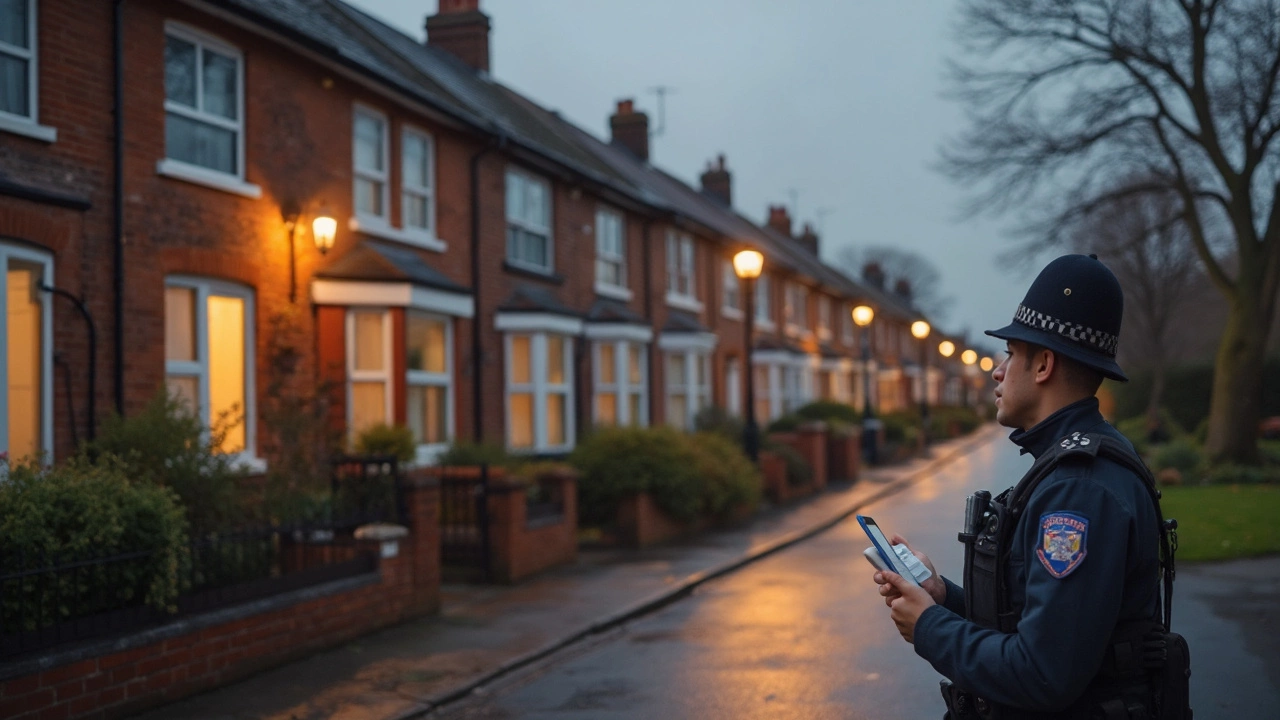Ever wondered why an officer knocks on your door asking for video from your front‑door cam? You’re not alone. Home owners across the UK are being asked to hand over footage more often, and the rules can feel confusing. In this guide we’ll break down why police might need your recordings, how you can give them safely, and what rights keep you covered.
Police usually request camera footage when it can help solve a crime or prevent another one. Common reasons include a break‑in, a hit‑and‑run, or a suspicious person spotted near a neighbourhood. If a crime happened near your property, your camera could hold the only clear view of the suspect.
Another trigger is a missing‑person case. Officers often ask for any live‑feed or recent recordings that could show the person’s last known location. Even if you think your cam didn’t catch anything, a quick look can confirm a timeline or rule out your house as a scene.
Sometimes the request isn’t about a specific incident. Community policing projects may ask for general footage to map high‑risk zones. This helps allocate patrols more efficiently, but it also means you should know exactly what you’re handing over.
First, ask the officer for a written request. A simple note with the officer’s name, badge number, and the reason for the request protects both sides. If you’re unsure, you can call your local police station to verify the request.
Next, check the data you actually have. Most modern cams store video on a cloud service with a user dashboard. Log in, select the relevant date range, and download the clip. Keep the original file intact – don’t edit or compress it unless the officer specifically asks for a smaller size.
When you hand over the file, use a secure method. USB sticks are fine if you meet the officer in person. For remote sharing, use the camera’s built‑in sharing link or a reputable file‑transfer service that offers end‑to‑end encryption. Never email the video as an attachment unless you’re sure the email is secure.
Know your rights: under the Data Protection Act, you’re not forced to give footage that isn’t relevant, and you can request a copy of any official request. If the police want continuous live access, they need a warrant. You can politely decline a live‑feed request until a warrant is presented.
Finally, keep a record of everything you share. Note the date, time, and who received the video. This log can be handy if you ever need to prove what was provided.
By understanding why police ask for footage and how to give it responsibly, you protect both your home and your legal standing. It’s a simple process: verify the request, grab the exact clip, share it securely, and keep a paper trail. With those steps, you’ll help the authorities do their job while keeping your own privacy intact.

Ever wonder if law enforcement can ask for footage from your Ring doorbell? This piece covers the legal landscape in the UK when it comes to police requests for video access. Learn about your rights, potential scenarios, and helpful tips to navigate these requests. Understanding this can help you make informed decisions about privacy and security at home.